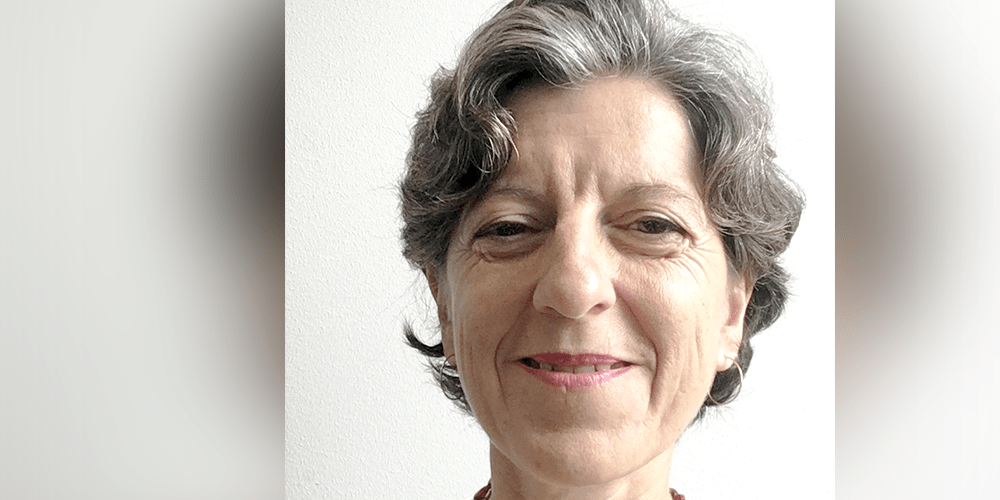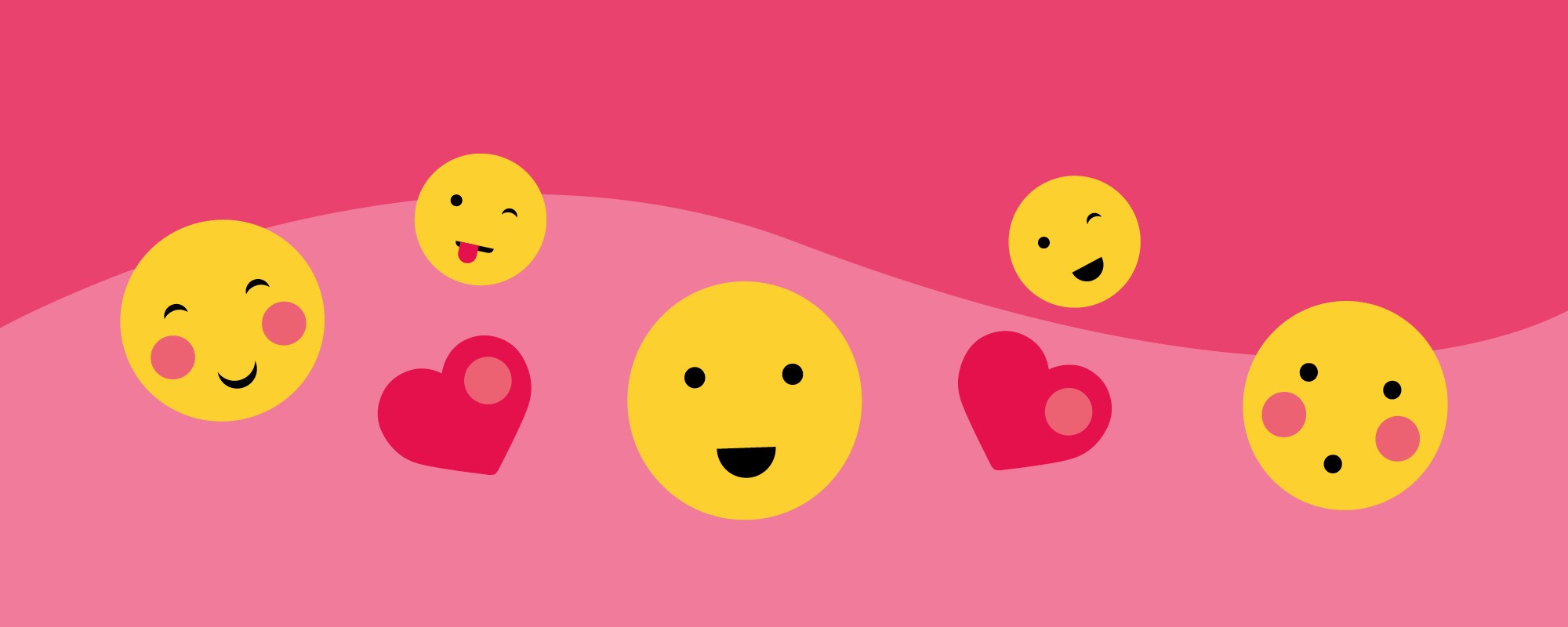Can emojis replace words, or are they pretty decorations to our verbal communication? Latasha Barbara looks into the science behind our use of emojis.
There is more to language than words. Facial expressions, intonation, and body language all have an effect on how one’s message comes across — this is known as paralinguistics. These qualities are essential for communication, and our innate need for it doesn’t disappear when using screens. But does our digital world adequately portray our gestures and true feelings behind a text message? 🤔🤭🙋♀️
Enter emojis. Often dubbed the hieroglyphs of the modern world, they are pictorial symbols representing an object, feeling, or concept, used in text messages and other electronic communications. The term comes from Japanese (‘picture’ + ‘character’) and has been around for over 20 years.
According to Prof. Patrizia Paggio from the Institute of Linguistics and Language Technology (University of Malta, UM), who has studied emojis in her research, Chinese characters are the closest thing we have to a living logographic language heavily relying on pictorial (iconic) elements. However, Chinese characters are much more complex than the first emojis, which were focused on communicating feelings. And this is why some suspect they made such swift inroads into social networks.

The heart emoji has had a lot of traction. Users jumped at hearting photos on Instagram, so much so that Facebook followed suit, allowing people to ‘Love’ posts instead of just ‘Like’ them. Twitter also changed its star-shaped button to ‘favourite’ a tweet in favour of a heart button. ‘You might like a lot of things, but not everything can be your favourite,’ Twitter proclaimed in the company’s blog. ‘The heart, in contrast, is a universal symbol that resonates across languages, cultures, and time zones. The heart is more expressive, enabling you to convey a range of emotions and easily connect with people.’
Tinder stands out among popular apps by not featuring a heart emoji in its top 5. This implies a sensitivity to context. On a dating site the heart is treated with a bit more care, whereas on a messaging site many view it as spreading virtual happiness. ‘I’m happy if my daughter sends me a heart,’ Paggio admits.
Sometimes emojis go beyond their initial meaning. Take the poop emoji. The way it proliferated on social networks breaks the taboo around natural bodily functions by adding an element of humour. This year we can expect more of this, including a red drop of blood to represent menstruation and blood donation.
The more individualistic the culture, the higher the use of positive emojis 😂😜😘 (joy, unity, etc).
All this being said, emojis have their limitations too. While they have done a good job at reproducing the effects of gestures and facial expressions, they are powerless to capture human differences in pitch, volume, speed, and intonation. This, as well as different cultural interpretations, can result in misunderstandings. Paggio cites an example from India, where folded hands (🙏) represent salutation, while numerous Twitter users interpret the symbol as a high-five. Other users employ the folded hands emoji to say ‘please’ or ‘thank you’, showing that emojis are nowhere close to universal.
Even though emojis are nowhere close to replacing traditional languages, they can certainly aid them, as seen by ‘MaltAAC’, a Maltese Augmentative and Alternative Communication app developed by Dr Ing. Owen Casha and Sylvan Abela from the Department of Microelectronics and Nanoelectronics (UM) and Dr May Agius from the Access to Communication and Technology Unit. This app was created to help children who suffer from communication impairments due to conditions like autism, or motor impairments like cerebral palsy. It is also ideal for immigrants to understand the Maltese language and communicate through pictograms.
For maximum clarity, most users mix text and emojis. To understand how these components are read, Paggio and her team are working on a study using eye tracking technology (see p. 4). Users read a sentence on screen containing an emoji, and the tracker follows where their eye gaze wanders to compare how much time they spend looking at the various words and symbols. ‘What I’m very interested in is understanding whether emojis are easy or difficult for people to [read] and to use, and how it works when they are given different contexts and different kinds of emojis,’ Paggio explains.
‘You might like a lot of things, but not everything can be your favourite,’ Twitter proclaimed in the company’s blog. ‘The heart, in contrast, is a universal symbol that resonates across languages, cultures, and time zones.
According to the website created by Dutch social psychologist Dr Geert Hofstede, every culture has a unique configuration between power distance and individualism. Power distance refers to social hierarchy that reveals inequality in the distribution of power, whereas individualism promotes each person’s moral wealth. The more individualistic the culture, the higher the use of positive emojis 😂😜😘 (joy, unity, etc). On the other hand, the higher the power distance, which means there is a large gap between the authority and people, the more negative the emojis used — 😰😡☹️ (frustration, anger, sadness etc.). In Malta, positive (individualism) and negative (power distance) opinions are almost in equilibrium. In addition, Malta scores high in uncertainty avoidance, which is indicative of a conservative society.
In an interview in 2016, the creator of emojis Shigetaka Kurita stated that emojis are not a sign that people are losing their ability to communicate, but rather enhancing the way that they are able to express their opinions. Using emojis, we do not only communicate between us — we also communicate something about us. Paggio suggests that future research on emoji use in Malta may uncover new insights into our culture. What will it reveal? 🙊💻🍔🏗





Comments are closed for this article!